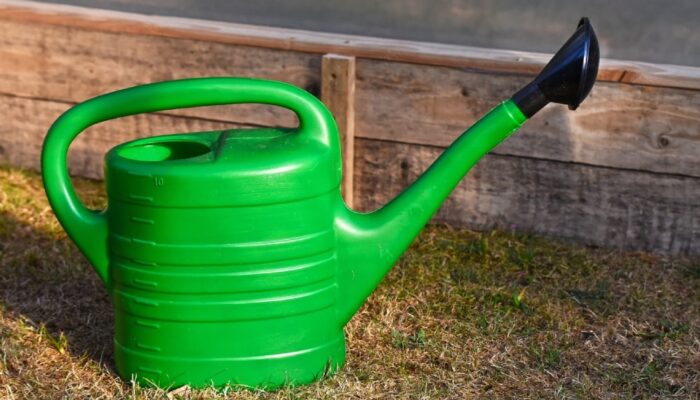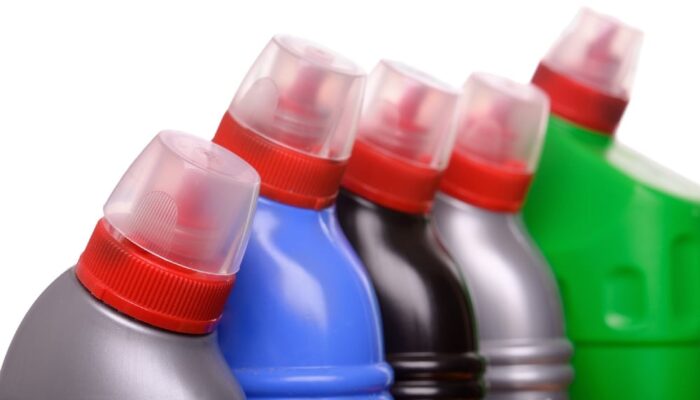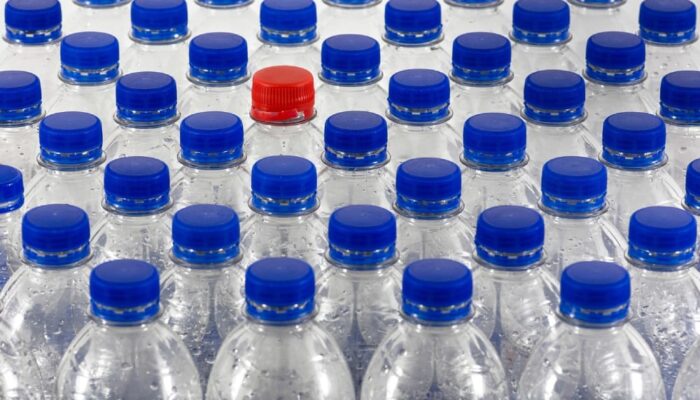Overview
Blow moulding is a manufacturing process used to create hollow plastic parts, like bottles, containers, and other items we use in daily life. The technique is widely used across industries due to its efficiency and versatility. Whether it’s for making everyday household products or larger industrial parts, blow moulding offers a practical solution for creating strong, durable items.
If you’re planning a blow moulding project and want to find the best suppliers in the UK and Ireland, PlastikCity can help you easily compare quotes from vetted suppliers. Request a quote for your upcoming project and ensure you’re working with the right partner.
Let’s explore the blow moulding process, its types, materials, applications, and the pros and cons of this manufacturing method.
The Blow Moulding Process Explained
The blow moulding process starts by heating plastic and forming it into a tube-like shape known as a parison. This soft plastic is placed in a mould, and air is blown into the parison, causing it to expand and fill the mould cavity. Once the plastic has cooled and hardened, the mould is opened, and the finished product is released.
This process is especially useful for creating hollow, lightweight parts, and is often used for making things like bottles, jars, and storage containers.
Types of Blow Moulding
There are three main types of blow moulding: extrusion blow moulding, injection blow moulding, and injection stretch blow moulding. Each has its specific applications and benefits.
Extrusion Blow Moulding
Extrusion blow moulding involves melting plastic and extruding it into a tube shape (the parison). The parison is then enclosed in a mould, and compressed air is blown into it to form the final shape. This is a common method used in about 75% of all blow-moulded products. It’s ideal for creating items like bottles and containers of different sizes.
Injection Blow Moulding
Injection blow moulding is slightly different, as it uses a preformed plastic shape rather than a parison. The plastic is injected into a mould, then air is blown into the preform to create the hollow shape. This method is mainly used for producing smaller containers, such as medical and single-serve bottles.
Injection Stretch Blow Moulding
Injection stretch blow moulding stretches the preformed plastic before blowing air into it. This creates a more durable product, often used for packaging items like carbonated drink bottles. It’s ideal for materials like PET and PVC, where strength and barrier protection are essential.
Materials Used in Blow Moulding
Various plastics can be used in blow moulding, each offering different benefits depending on the application. Common materials include:
- Polyethylene (HDPE, LDPE)
- Polypropylene
- Polyethylene Terephthalate (PET)
- Polyvinyl Chloride (PVC)
Each material has unique properties, such as flexibility, durability, and chemical resistance, making them suitable for different products.
Common Applications of Blow Moulding
Blow moulding is used to manufacture a wide range of products, from everyday items to industrial components. Common applications include:
- Bottles for soft drinks, milk, and juices
- Containers for shampoo, cleaning products, and cosmetics
- Toys like plastic balls and watering cans
- Industrial parts such as drums, ducts, and packaging solutions
The process is highly versatile, allowing for the creation of both simple and complex shapes, depending on the needs of the product.
Advantages of Blow Moulding
Blow moulding offers several benefits that make it a popular choice for manufacturers:
- Cost-effectiveness: Blow moulding is efficient for large-scale production, reducing material waste.
- Design flexibility: It allows for the creation of complex shapes, including bottles with handles or indentations.
- Seamless parts: The process creates hollow, seamless products without the need for additional assembly.
Material variety: Many types of plastics can be used, offering flexibility in design and functionality.
Disadvantages of Blow Moulding
While blow moulding has its benefits, there are some downsides:
- Limited wall thickness control: It can be challenging to achieve precise wall thicknesses, especially in more complex shapes.
- Lower precision: Compared to other methods like injection moulding, blow moulding may lack the precision needed for fine details.
- Recycling challenges: If thermosetting polymers are used, recycling becomes difficult, as these materials cannot be remelted and reshaped.
Conclusion
Blow moulding is an efficient and versatile manufacturing process used to create hollow plastic products across many industries. From everyday household items like bottles and containers to industrial components, blow moulding continues to be a practical solution for creating durable, cost-effective products. While it has some limitations, its benefits make it a go-to choice for many manufacturers.
If you’re looking to source a blow moulding company for your project, PlastikCity offers a simple way to compare quotes from trusted moulders across the UK and Ireland. All suppliers have been vetted to ensure they provide high-quality service. Submit a form today to get comparative quotes for your upcoming project.
FAQs About Blow Moulding
What is blow moulding used for?
Blow moulding is used to create hollow plastic products like bottles, containers, and industrial parts. It is widely used in packaging, automotive, medical, and other industries.
What materials are used in blow moulding?
Common materials used in blow moulding include polyethylene (HDPE, LDPE), polypropylene, PET, and PVC.
What is the difference between injection blow moulding and extrusion blow moulding?
Injection blow moulding uses preformed plastic shapes, while extrusion blow moulding uses melted plastic formed into a parison. Injection blow moulding is often used for smaller containers, while extrusion blow moulding is more common for larger items like bottles and containers.
Can blow-moulded products be recycled?
Blow-moulded products made from thermoplastics can be recycled, but those made from thermosetting polymers cannot, as they cannot be melted and reshaped.
FAQs About PlastikCity
What does PlastikCity do?
PlastikCity is a procurement hub that connects users with the best UK and Irish suppliers in the plastics industry. They help businesses source equipment, services, and materials related to plastics manufacturing.
Does PlastikCity offer blow moulding services?
PlastikCity doesn’t carry out the services themselves but connects buyers with suppliers who provide blow moulding and other plastic manufacturing services.
How can I get a comparative quote for a blow moulding project?
You can easily get a comparative quote by submitting a form on the PlastikCity blow moulding category page. Once submitted, your request will be sent to the top suppliers of blow moulding services in the UK and Ireland, all of whom have been vetted to ensure they provide high-quality service.
How long does it take to receive quotes from suppliers on PlastikCity?
After submitting your project details, you can expect to receive quotes from the selected suppliers within a few business days.
Is PlastikCity free to use?
Yes, PlastikCity is free for buyers to use. You can submit a form and get quotes from vetted suppliers at no cost.
How does PlastikCity ensure supplier quality?
PlastikCity vets all its suppliers by checking both their financial stability and service quality. This ensures that only reliable and reputable suppliers are listed, providing you with peace of mind when selecting a partner.





